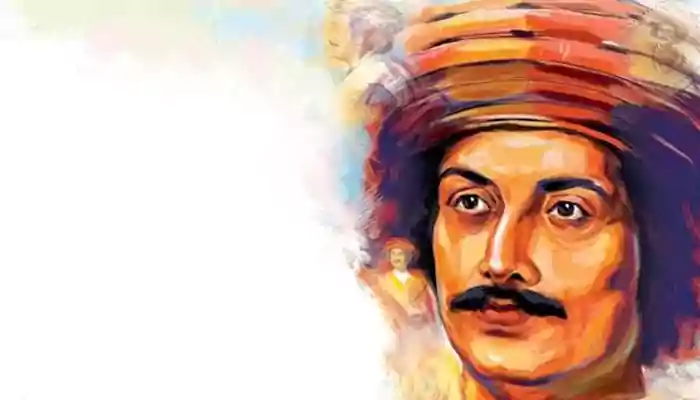International Men’s Day Special: Meet the Indian Men Who Took the Charge for Gender Equality and Feminism
- Admin
- 2 years ago
- 4 minutes read

These remarkable individuals, whose compassion and dedication knew no bounds, were beacons of hope in a world still adapting to feminism and gender equality!
In a world where women have battled for recognition and a voice and where gender imbalances persist, with men often enjoying unjust advantages, it has sadly become all too common to associate men with a lack of empathy and as proponents of outdated gender norms! But let's cast a heartfelt glance back in time at those exceptional men who ardently fought for women's rights and equality even long before the current wave of feminism and gender equality emerged. Their actions and beliefs resonate with genuine empathy and a fierce determination to challenge the prevailing traditional gender roles that once cast a shadow on our society in myriad ways!

These remarkable Indian men not only championed the rights of women in our country but also left an indelible mark in the annals of history. Their contributions to female empowerment were so significant and impactful that today's women draw strength and empowerment from their legacy.
As we are observing International Men's Day today, let's honor some of those exceptional and brave men who took up the mantle for gender equality and equal rights for women, shaping a brighter future for us all.
Raja Ram Mohan Roy
Raja Ram Mohan Roy, often hailed as the Father of the Indian Renaissance, played a pivotal role in challenging the deeply rooted practice of sati-immolation. The practice of Sati was particularly prevalent in Bengal. Oddly, in areas where education levels were slightly higher, the incidence of sati-dah was more pronounced! It is shocking to note that in 1823, an alarming 575 women fell victim to the practice of Sati, and the situation was particularly distressing in Calcutta, where 368 cases were recorded out of a total of 639 in 1826. Tragically, in many instances, young widowed girls were not willing participants in this gruesome tradition. These women were tragically coerced into ascending their husband's burning pyre, a horrifying act that was often driven by a desire to evade the burden of lifelong maintenance responsibilities or to seize their property.
Raja Ram Mohan Roy emerged as a staunch champion of women's rights and vehemently opposed the barbaric practice of sati. His relentless efforts to abolish 'Sati Pratha' are enshrined in history. Sati was ruled illegal in 1829 as a result of his relentless determination, marking a great step towards women's equality and the abolition of this heinous ceremony.
Dr. BR Ambedkar
Dr. B.R. Ambedkar's contributions to the upliftment of women's rights in India were truly significant. While he is widely recognized as the chief architect of the Indian Constitution, his advocacy extended to empowering women as well. His support for women's suffrage and his crucial role in bringing forth the Hindu Code Bill had a profound impact. The Hindu Code Bill, which allowed women the legal right to file divorce petitions and claim inheritance, was a landmark achievement in the journey towards gender equality.
Manockjee Cursetjee
Manockjee Cursetjee stands in historical prominence in our country as a reformer and a staunch advocate for the educational rights of women. Throughout his long and illustrious career, he witnessed the grave injustice and exploitation faced by women due to their lack of access to education. In 1859, driven by his deep concern for this issue, he initiated a remarkable journey by establishing the first English school for girls in India. Initially, it operated from his home in Mumbai, but he later moved it to a more suitable location, naming it the Alexandra Native Girls’ English Institution. What's truly noteworthy is that this school welcomed girls from all castes, sending a resounding message about the need for inclusive and accessible education. Manockjee Cursetjee's tireless efforts challenged and revolutionized the educational landscape of our nation, leaving an indelible mark on the way education was designed and offered in the country.
The journey towards gender equality in our country began long ago. While there's still a long road ahead, these men carved out a path and illuminated it, providing a guiding light for today's men.








